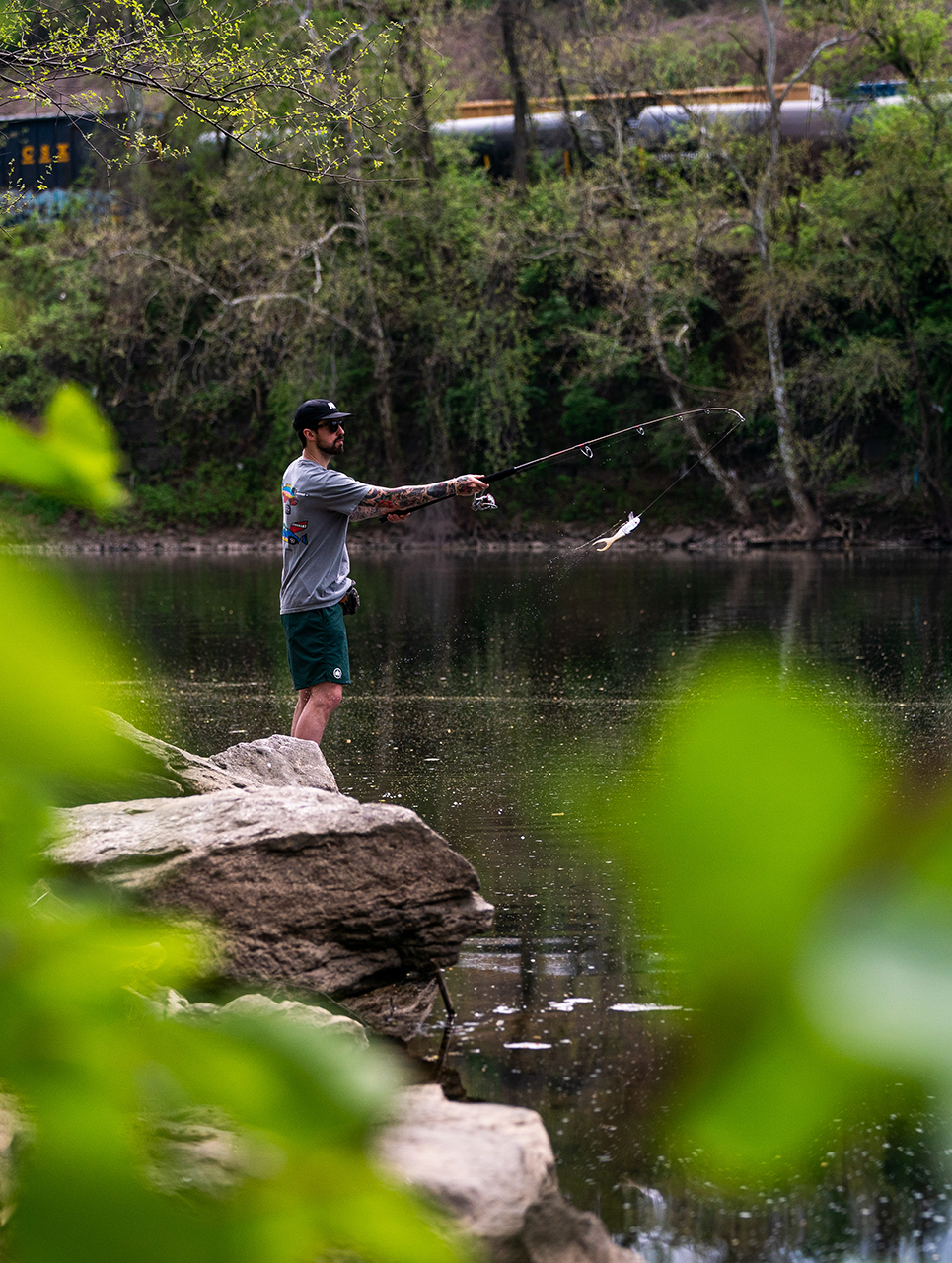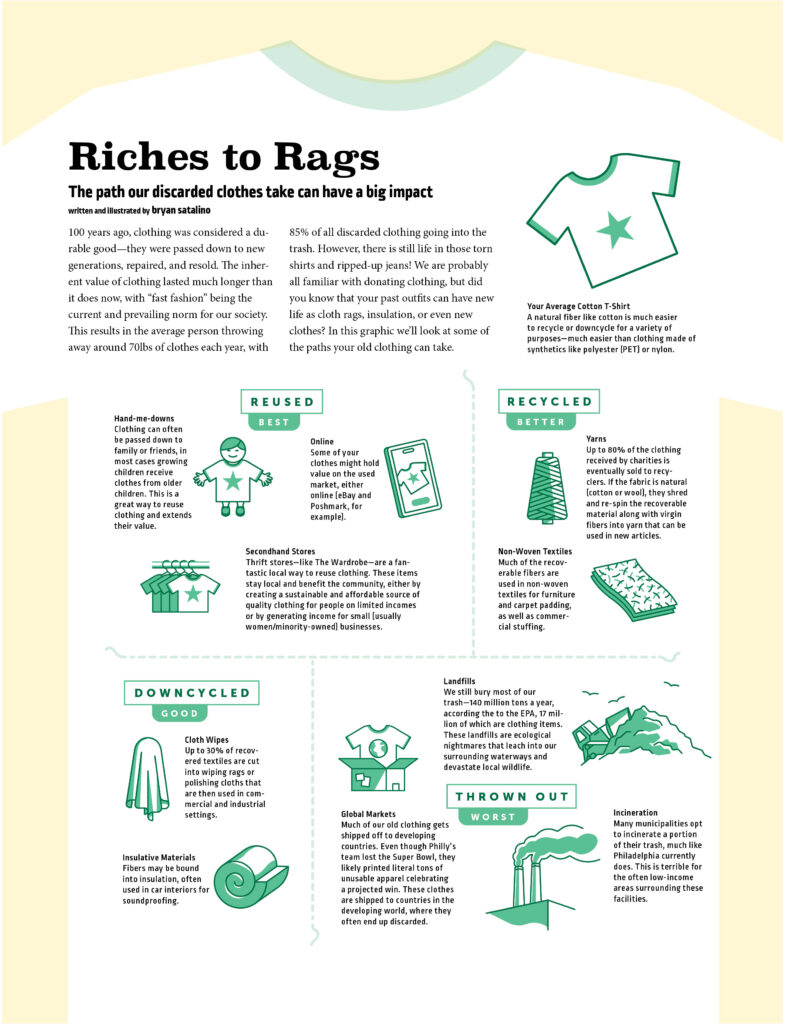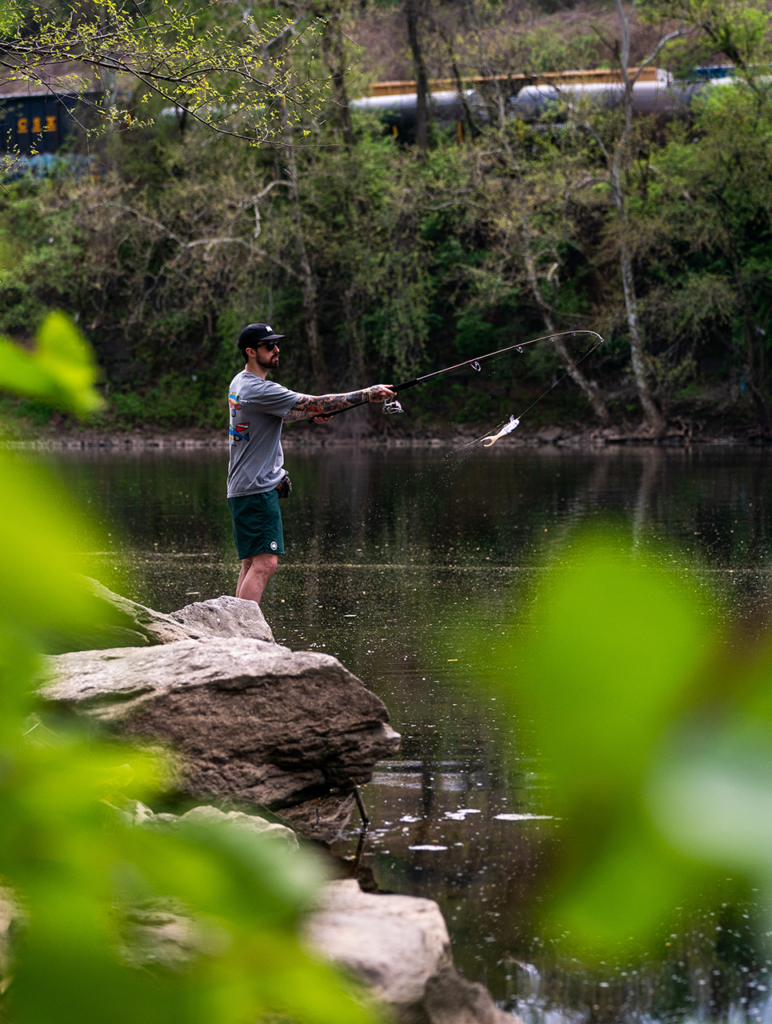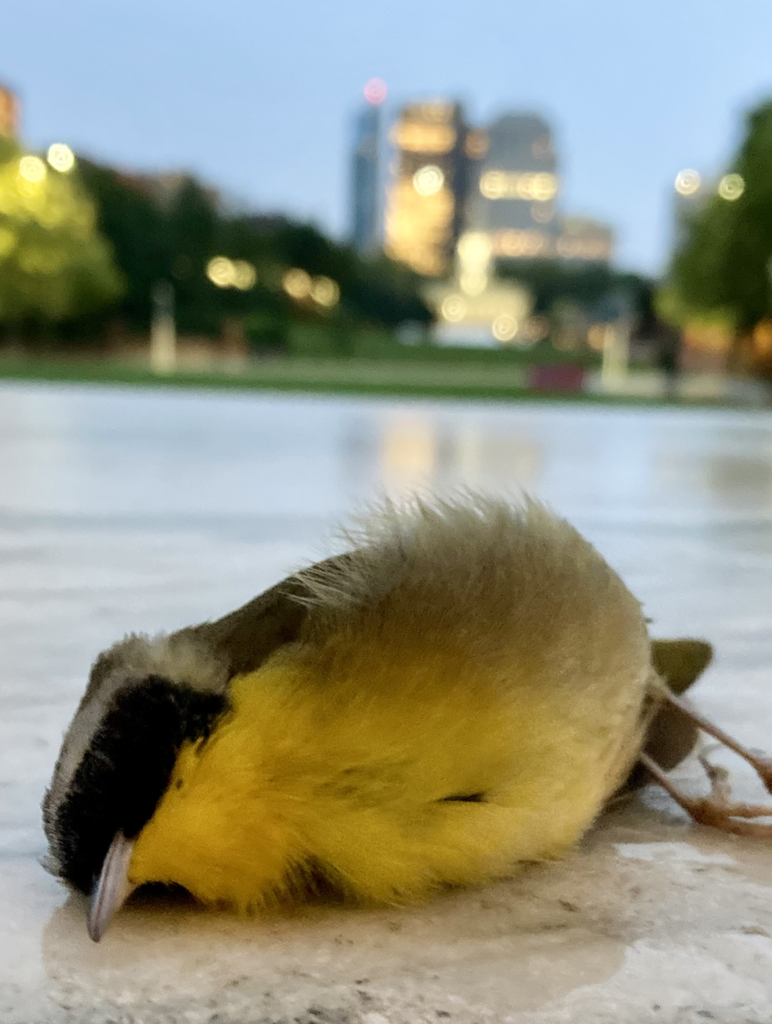Everyone is invited to a baby shower taking place from June 22 to 23 at Independence Mall in Philadelphia. There’s no need to bring gifts. Just be ready to advocate for Atlantic sturgeon, which will be hatching right about then a mile to the east, in the Delaware River. The shower will be held by the Delaware Riverkeeper Network, Waterspirit, and Saddler’s Woods Conservation Association to raise awareness of the perils faced by the endangered Atlantic sturgeon and what we can do to keep the mighty fish from going extinct.
For a fish that can grow to 14 feet long and weigh 800 pounds, baby sturgeon don’t look like much when they hatch. You could mistake them for little tadpoles. They hang out in the estuary (where fresh water flowing from inland mixes with salt water from the ocean) for a few years, and when they head out to sea they look a lot more like their parents, with a long snout and rows of bony plates down their backs. “Looks more like the top of an alligator” than a fish, says Ian Park, an environmental scientist who studies sturgeon for the Delaware Department of Natural Resources and Environmental Control. Sturgeon fossils date back 70 million years (the dinosaurs went extinct about 65 million years ago), and their looks haven’t changed much.
And for millions of those years, the Delaware’s estuary has likely had sturgeon swimming in it. (The estuary is also home to short-nosed sturgeon, which are much smaller than Atlantic sturgeon, are more numerous, and generally stay out of the ocean.) The Atlantic sturgeon adults spend most of their time sucking fish, worms and other critters out of the mud on the ocean floor. They can live as long as a human. In the spring they head back into river estuaries from Canada to northern Florida to breed. They tend to come back to spawn in the rivers where they hatched, meaning that each river’s population is distinct from the others.
Hundreds of thousands of adult sturgeon once spawned in the Delaware River and had been sustainably fished up to the mid-1800s, including by indigenous peoples for thousands of years. Their population crashed in the late 1800s and early 1900s, however, as a caviar boom led commercial fishers to net and kill virtually all the breeding females. (The next time you see caviar, keep in mind that a large animal that would otherwise live for decades was killed so that someone could conspicuously consume an expensive appetizer.) Humanity hasn’t been doing the sturgeon any favors since then. Water pollution rendered the tidal Delaware nearly uninhabitable for fish for much of the 1900s. The shipping channel has been deepened to allow huge container ships to make it upriver, and that deeper channel brings more salty water into the estuary, shrinking the freshwater habitat sturgeon use to spawn. Ships of all sizes collide with sturgeon, killing them.
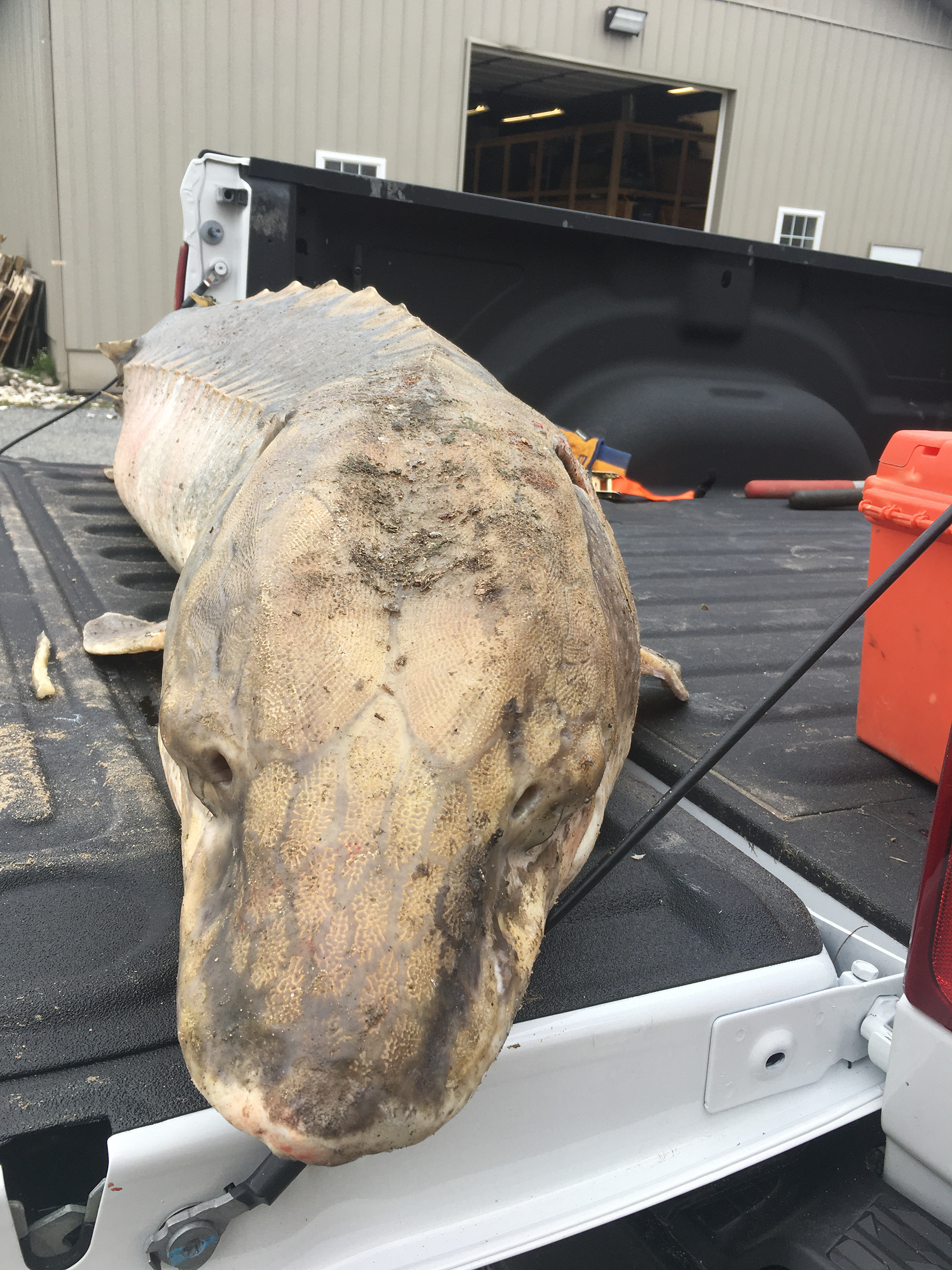
It is hard to catch and count adult sturgeon in a busy river, so Delaware scientists catch young sturgeon every year to get a sense of breeding success. “In a good year we catch more than 200. In a bad year we catch less than 10,” Park says. Researchers have used genetic samples from these and other sturgeon caught in the river to infer how many parents produced the young ones. They estimate that no more than 250 adults remain.
The government keeps approving, approving and approving. The sturgeon are given little thought.”
— Maya Van Rossum, the Delaware Riverkeeper
In November 2022 the Riverkeeper, the Clean Air Council, Environment New Jersey and PennFuture petitioned the Environmental Protection Agency (EPA) to set stricter standards for dissolved oxygen in the Delaware to help improve conditions for the young sturgeon, which live in the estuary until they are big enough to head out to sea. The organizations also launched a Dinos in the Delaware campaign to raise public awareness of the sturgeon’s plight.
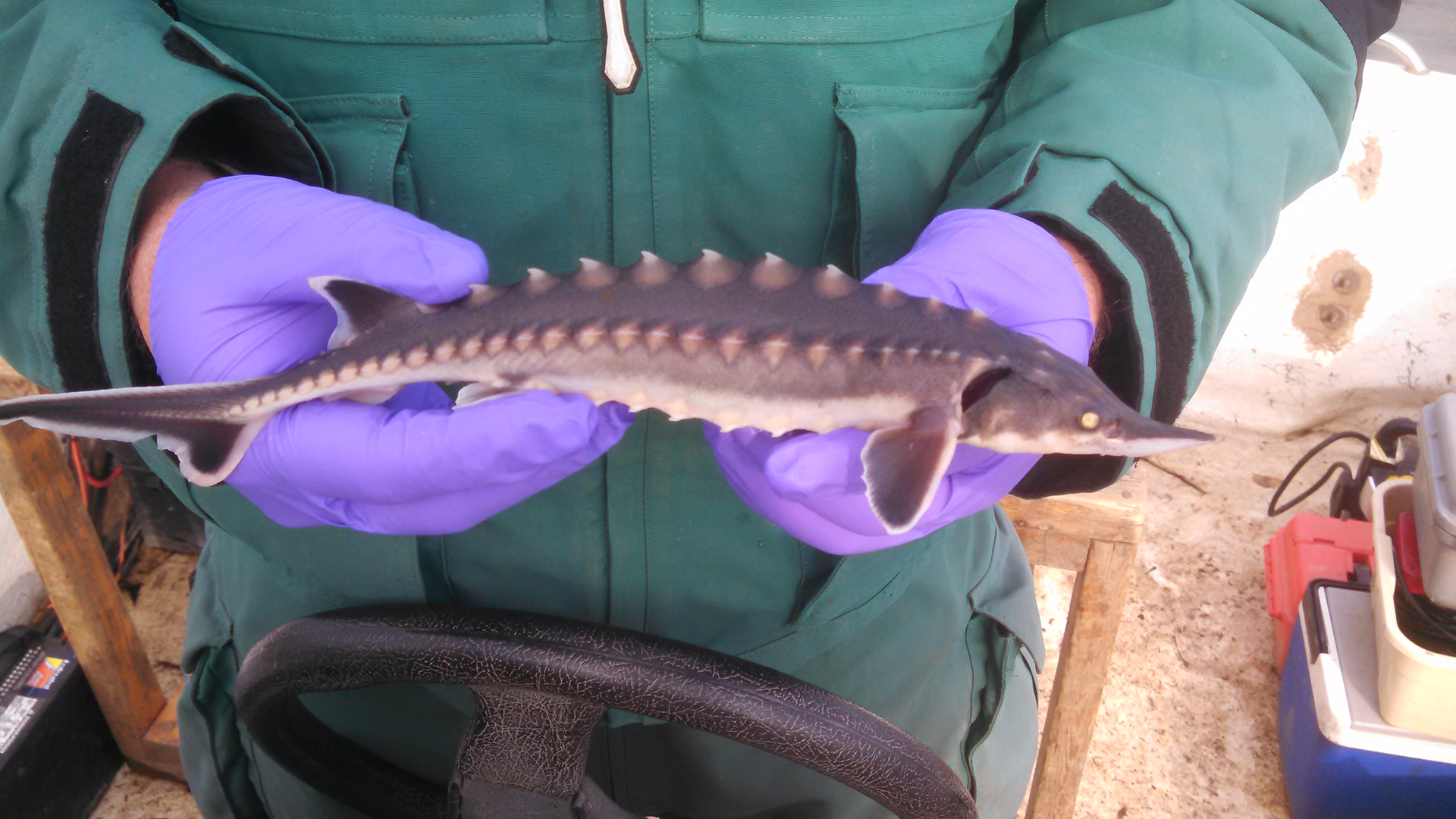
Pollution from wastewater treatment plants and other sources can indirectly lead to lower oxygen levels. Nutrients in the wastewater essentially fertilize algae, which uses up oxygen when it eventually decays. The coalition of environmental organizations argued that the endangered fish need higher oxygen levels than what they find in the river today.
The EPA agreed. In December it issued a determination that revised oxygen standards are necessary. The groups are now waiting for the EPA to determine what the higher standard will be.
Sturgeon don’t just swim. They also have a habit of leaping out of the water, impressive for a fish weighing hundreds of pounds. Once a routine spring sight on the Delaware, the few sturgeon remaining still propel themselves out of the water. “You’re just running along in the boat and you see a six-foot fish jump out of the water,” Park says. “It’s pretty cool to see them. You know they’re there, hopefully spawning.”
The campaign to save the Delaware’s Atlantic sturgeons continues. At the baby shower, organizers will encourage people “to sign in support of strong action,” says Maya van Rossum, the Delaware Riverkeeper. The goal is to make sure that when the EPA sets the new standards, “they are the robust standards that are needed, that they don’t kowtow to industry and go soft.” The demands go beyond oxygen, van Rossum says. She pointed out the new port and export facility infrastructure. These “require dredging and will bring big ships in to strike and kill sturgeon,” van Rossum says. “The government keeps approving, approving and approving. The sturgeon are given little thought.”



